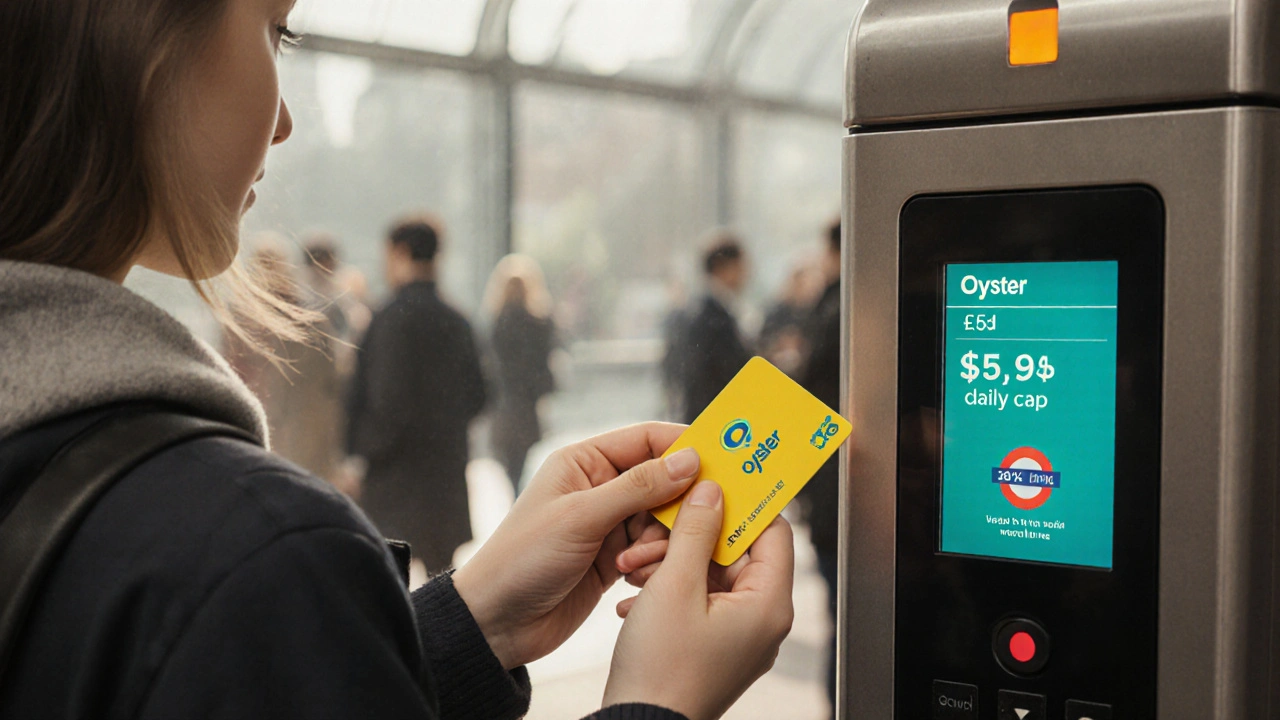Contactless Payment for UK Students: How to Use It Smartly
When you tap your card or phone to pay for a sandwich, a bus ride, or a textbook, you’re using contactless payment, a fast, secure way to pay without inserting a card or entering a PIN. Also known as tap-to-pay, it’s become the default way students in the UK handle small purchases—no cash needed, no fuss. It’s not magic, but it might as well be when you’re rushing between lectures and your wallet’s empty.
Most UK students use contactless payment through their debit card, a bank-issued card linked directly to their account, commonly used by students for daily spending, or via apps like Apple Pay and Google Pay on their phones. These systems work with any terminal that shows the wave symbol—pretty much every café, supermarket, and transport gate in the country. The limit for a single tap is £100, so you can pay for a £90 pair of trainers without unlocking your phone. But here’s the catch: because it’s so easy, it’s easy to lose track of how much you’re spending. A 2023 study by the Bank of England found that people spend up to 20% more when using contactless compared to cash. For students on a tight budget, that adds up fast.
That’s why knowing how to use contactless payment wisely matters. It’s not about avoiding it—it’s about controlling it. Pair your contactless card with a budgeting app like Monzo, a banking app popular among UK students for real-time spending alerts and category-based budgeting or Starling. These apps show every tap as it happens, so you see that £4.50 coffee at 11 a.m. and realize you’ve already spent £30 on snacks before lunch. You can also set spending limits, freeze your card if it’s lost, and even schedule payments for rent or bills. And if you’re an international student, most UK banks issue contactless cards automatically when you open a student account—no extra steps needed.
It’s not just about money. Contactless payment affects your daily rhythm. It’s why you can hop on the Tube at 8 a.m. without fumbling for change. It’s why you can grab a meal deal from the corner shop between classes without checking your balance. But that convenience can become a trap if you don’t watch your habits. The key is to treat your contactless card like a tool—not a free pass. Track your spending for a week. Notice where the taps add up. Adjust your weekly cash allowance. Use the app alerts to pause before tapping. You don’t need to go back to cash—you just need to be smarter about how you use what’s already in your pocket.
Below, you’ll find real student guides on how to manage money, pick the right bank app, avoid hidden fees, and stretch your budget—even when every tap feels harmless. These aren’t theory pieces. They’re the kind of advice students actually use.
Oyster vs. Contactless for London Students: Which Card Saves You More Money?
Published on Oct 21
0 Comments
Students in London can save hundreds per year by using an Oyster card with a 30% discount instead of contactless payment. Learn how the discounts work, what you’ll pay, and why contactless isn’t cheaper than you think.
